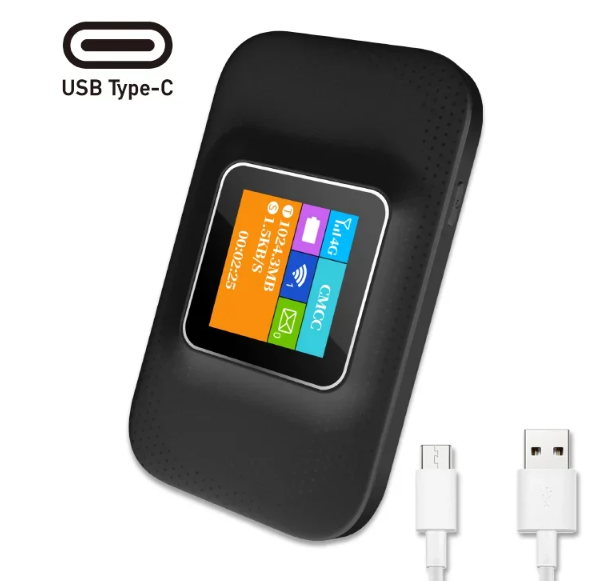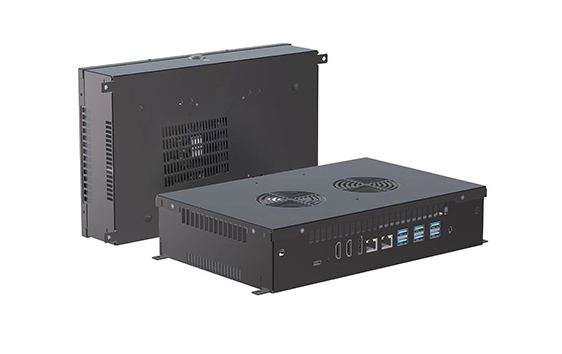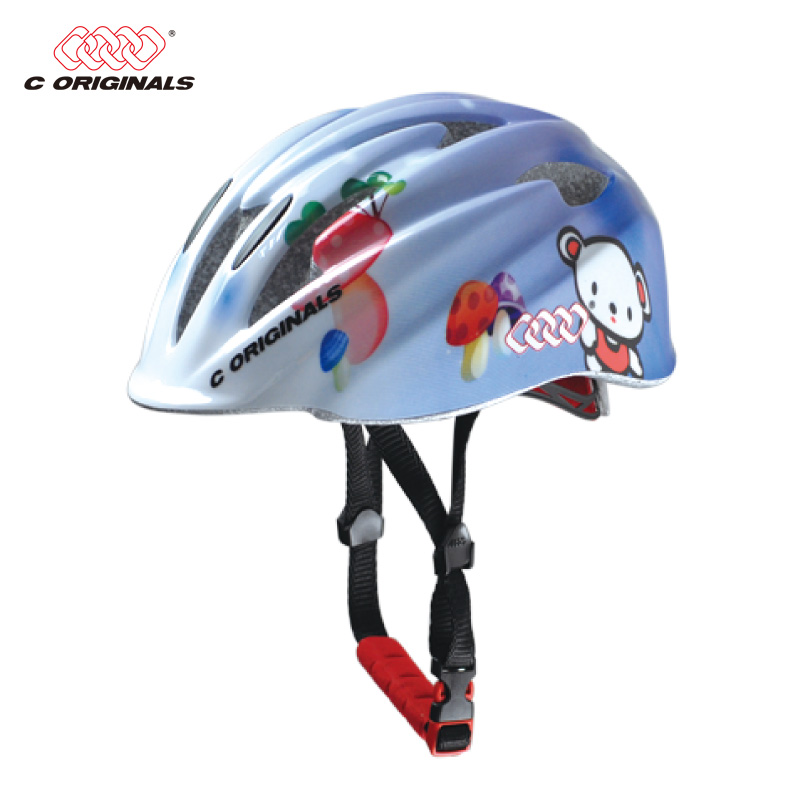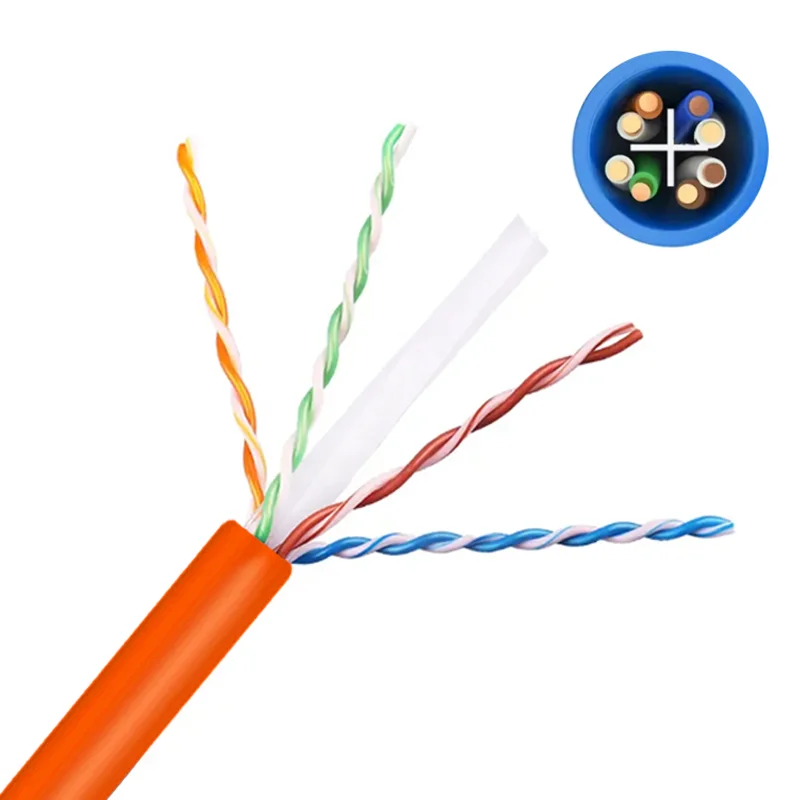The Ultimate Guide to Choosing the Best Soldering Iron Tip for Electronics: Precision, Performance, and Practicality
When it comes to soldering in electronics, the choice of soldering iron tip can significantly impact the quality of your work. A well-chosen tip not only enhances precision but also improves efficiency and reduces the risk of damaging sensitive components. In this comprehensive guide, we will explore the various types of soldering iron tips available, their specific applications, and how to select the best one for your electronic projects.
Understanding Soldering Iron Tips
Soldering iron tips come in various shapes and sizes, each designed for specific tasks. The primary function of a soldering tip is to transfer heat to the solder and the components being joined. The right tip can make a world of difference in achieving clean, reliable solder joints. Here are the most common types of soldering iron tips:
- Conical Tips: These tips are pointed and ideal for precision work, such as soldering small components like resistors and capacitors. The fine point allows for accurate placement of solder, making them suitable for detailed circuit board work.
- Chisel Tips: With a flat, wide surface, chisel tips are excellent for soldering larger components or for making multiple connections at once. They provide better heat transfer due to their larger contact area, making them ideal for tasks that require more heat, such as soldering power connectors.
- Bevel Tips: Similar to chisel tips but with a slanted edge, bevel tips offer versatility. They can be used for both precision work and larger solder joints, making them a good all-around choice for various electronics projects.
- Knife Tips: These tips are designed for specific applications, such as soldering wires together or making large solder joints. Their unique shape allows for effective heat distribution and is particularly useful in heavy-duty soldering tasks.
Factors to Consider When Choosing a Soldering Iron Tip
Selecting the best soldering iron tip for your electronics projects involves considering several factors:
- Application: The type of work you will be doing is the most critical factor. For intricate circuit boards, a conical tip may be best, while larger components may require a chisel or bevel tip.
- Heat Transfer: Different tips have varying heat transfer capabilities. A tip with a larger surface area will transfer heat more efficiently, which is crucial for soldering larger components or when working with heat-sensitive materials.
- Material: Most soldering tips are made from copper, which is an excellent conductor of heat. However, tips are often plated with iron to improve durability and oxidation resistance. Consider the quality of the plating when making your choice.
- Size: The size of the tip should match the size of the components you are working with. A tip that is too large can lead to overheating and damage, while a tip that is too small may not provide enough heat for effective soldering.
- Compatibility: Ensure that the tip you choose is compatible with your soldering iron. Different manufacturers may have specific designs, so always check the specifications before purchasing.
Maintenance and Care for Soldering Iron Tips
Proper maintenance of your soldering iron tips is essential for longevity and performance. Here are some tips to keep your tips in top condition:
- Cleaning: Regularly clean your soldering tip with a damp sponge or brass wool to remove oxidation and solder residue. This will help maintain optimal heat transfer.
- Tinning: Always tin your soldering tip before and after use. This involves applying a small amount of solder to the tip, which helps protect it from oxidation and improves heat conduction.
- Storage: When not in use, store your soldering iron in a safe place to prevent damage to the tip. Consider using a tip protector or a dedicated stand.
- Replacement: Over time, soldering tips will wear out. Be proactive in replacing tips that show signs of excessive wear or damage to ensure consistent performance.
Conclusion
Choosing the best soldering iron tip for electronics is a crucial step in ensuring the quality and reliability of your solder joints. By understanding the different types of tips available and considering factors such as application, heat transfer, and maintenance, you can make an informed decision that enhances your soldering experience. Whether you are a hobbyist or a professional, investing in the right soldering iron tip will pay dividends in the quality of your work and the longevity of your tools. Remember, the right tip is not just a tool; it’s an essential component of your electronic craftsmanship.






